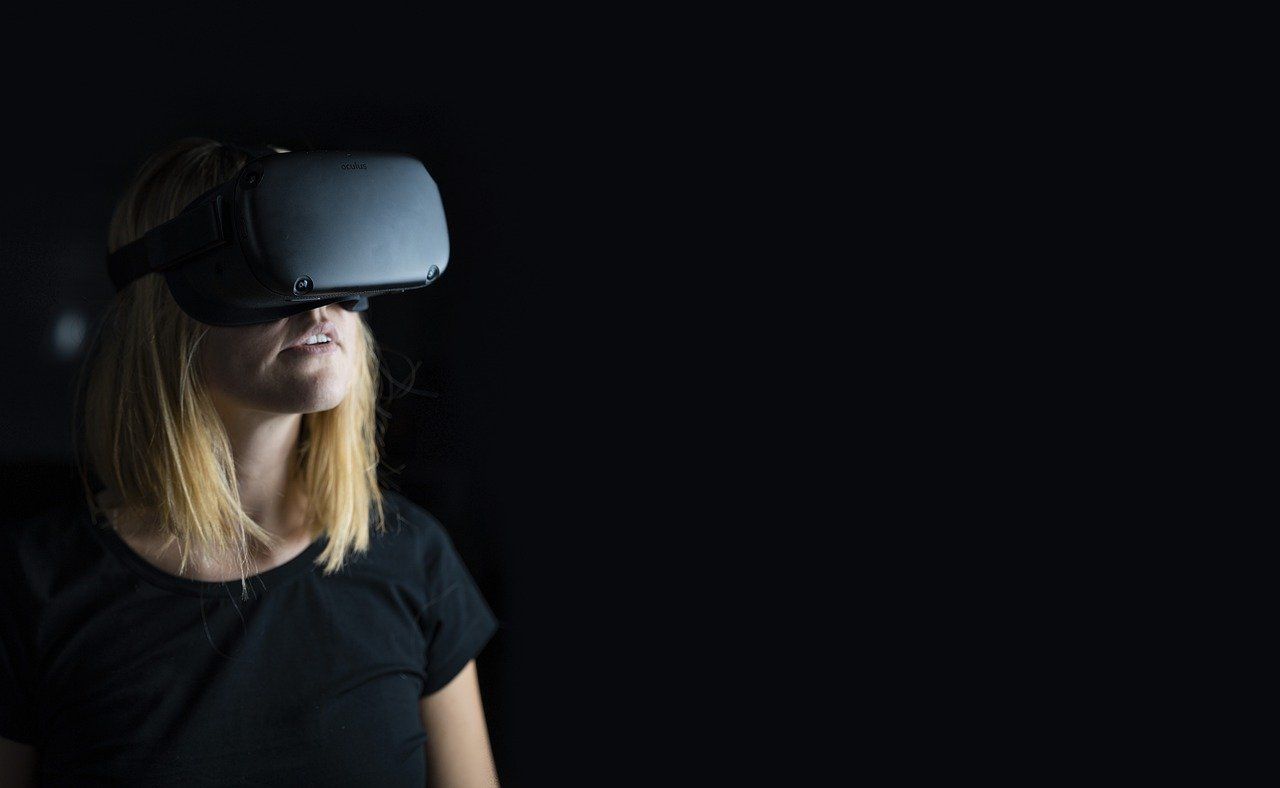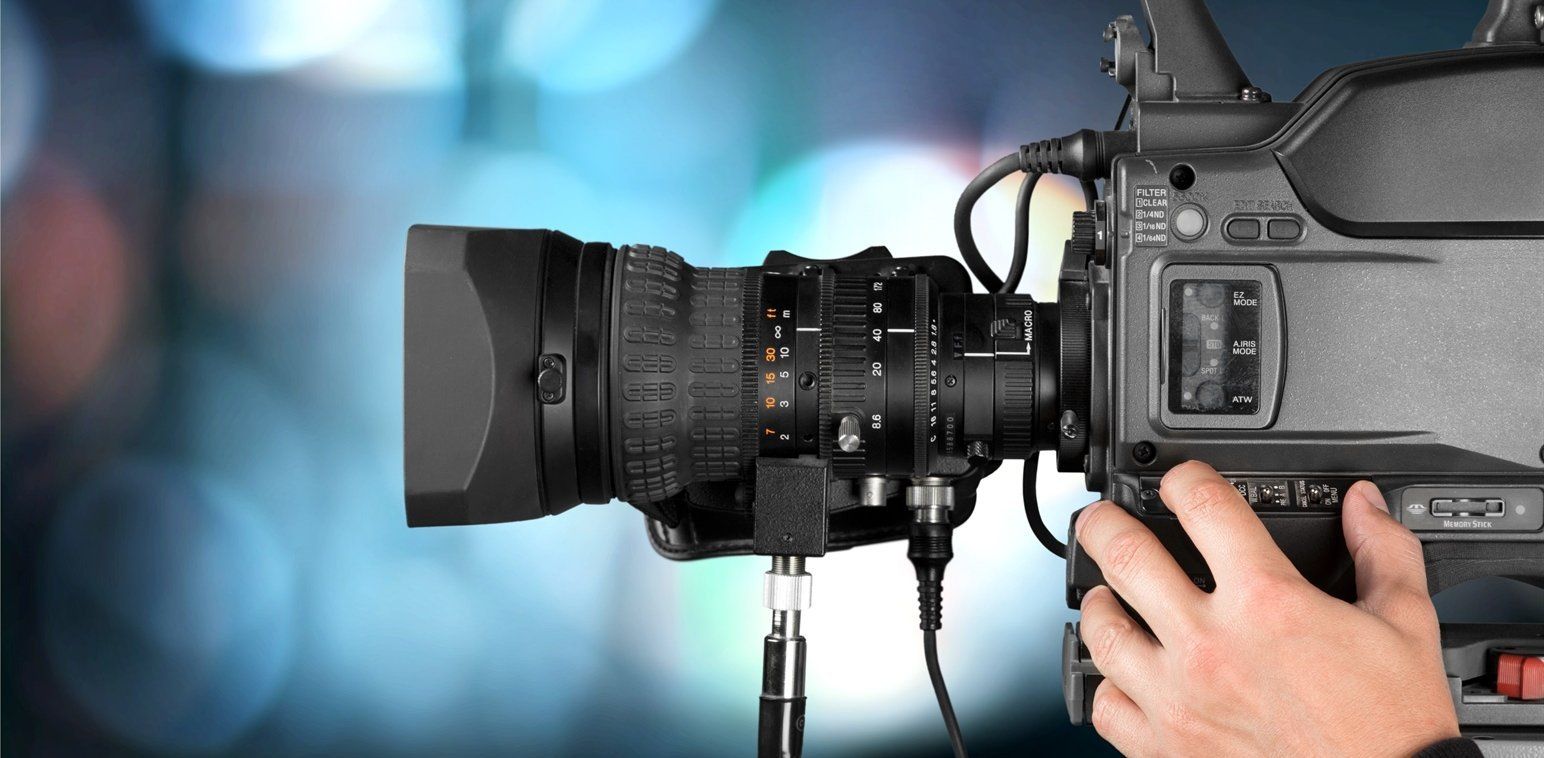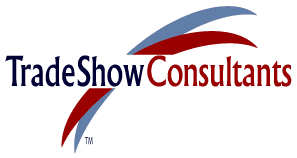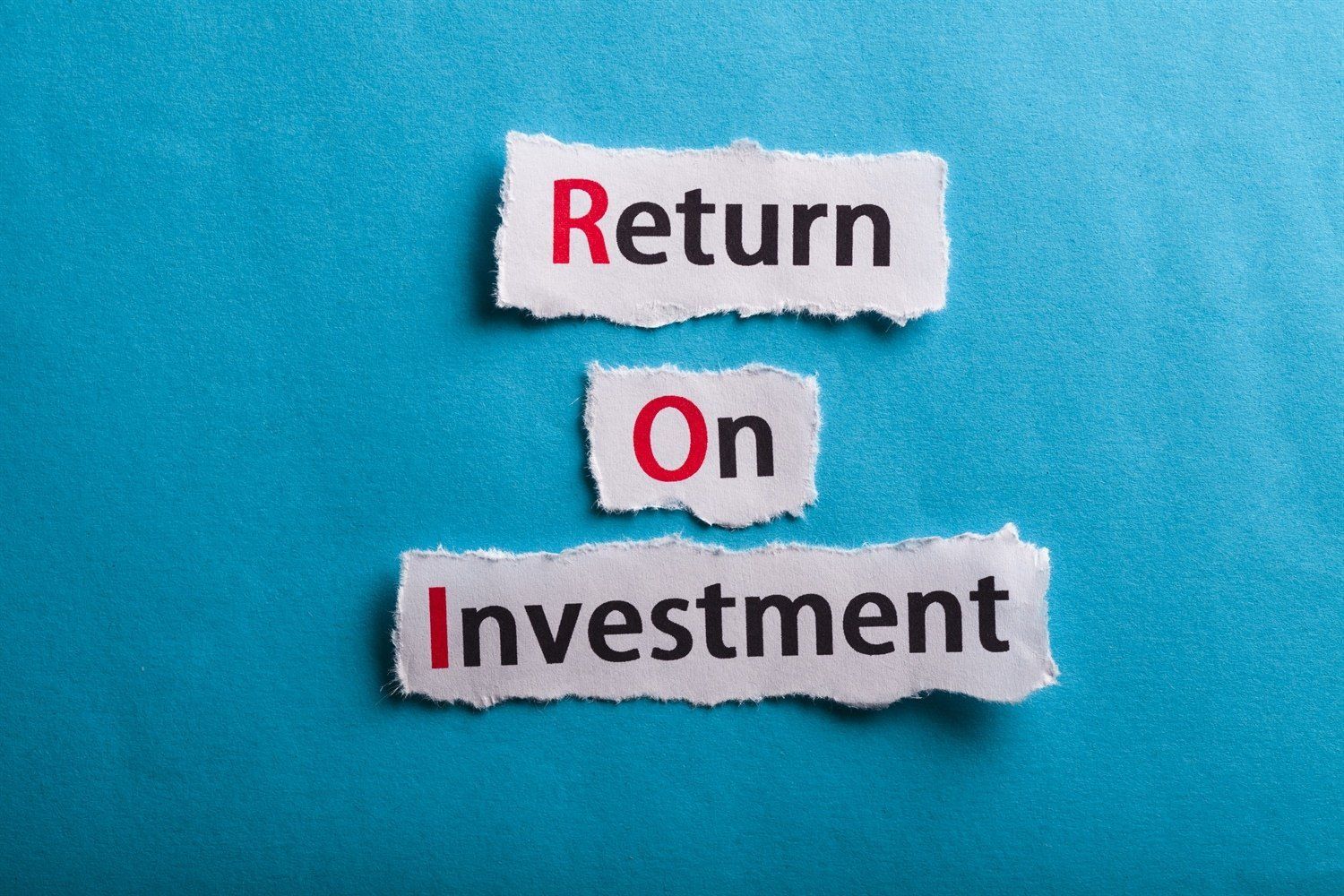You Seldom Get a Second Chance to Make a Good First Impression
While many exhibitors understand the value of placing their best foot forward with regards to their trade show exhibit materials, many might do better to meet the challenges of maximizing their effectiveness by more adequately focusing on various important non-exhibit entities.
Far beyond the creatively painted and brightly illuminated exhibit materials placed on the trade show floor, there exist many additional aspects of trade show exhibiting that will often spell the difference between success and disappointment.
First and foremost, in considering what constitutes a successful trade shows exhibit presentation is the fact that on the show floor, people will want to do business with people and not with inanimate objects like exhibits, graphics, products or sales literature. The trade show environment is one of creating an opportunity for human contact and at which the exhibit merely creates an environment conducive for people to meet each other to conduct business.
The physical dynamics of trade show exhibiting are intensified and extremely more complex when compared to most any other forms of corporate business communications. This is for the most part due to the presence of the other exhibitors all competing for the attention, time and consideration of key show attendees, prospects and customers.
What, in reality, does the trade show attendee see when he/she approaches your exhibit? The perception could be the difference between entering Tiffany’s or a K-mart and it all depends on the total picture presented and perceived that indicates the kind of company you are, including its products, people and business policies.
A complete image of your company is presented the moment the attendee, prospect or customer notices and walks towards your exhibit on the show floor. Directly under the surface of the bright lights, flashing signs, product presentations and sales people wearing their best welcoming smiles the perception of the image of your company is created.
Within a few short minutes your total trade show exhibit presentation will begin to indicate to prospects and customers your corporate culture, philosophies and level of business dedication. The professionalism of your people, products and commitment to customer service will be expressed, evaluated and actively compared against every one of your competitors on the show floor.
In essence, who you are what you stand for and how you appear to do business is projected and vividly on display representing an image from the day your company was created to present time.
If your most important corporate trade show were a sporting event, it could compare to your own World Series, Super Bowl and World Cup all rolled into one three day tournament under one roof of a major convention center. The question is, are you prepared?
Your People
When was the last time you bought something from someone you didn’t like?
Nothing short of you’re “A” team should be invited to work your exhibit. Representing the company at important trade shows should be viewed as a privilege and an honor and not an unpleasant chore. Every member of the booth duty team should represent and project the image of the very best your company has to offer from all sides of the business including: top and middle management, sales, marketing, technical support and customer support services. In addition everyone invited should be assigned to work the booth and maintain adherence to the booth duty schedule and code of professional conduct during the entire show.
Products
When was the last time you bought a car that you didn’t first test drive?
All products on display should be serviced and working properly at all times and present prospects and customers with a complete appreciation of their important features, benefits and value. Product demonstrations and presentations should be short, factual and to the point while allowing adequate time for prospect and customer questions and answers.
Where ever possible, the prospect or customer should be encouraged to operate a product at a time following the verbal portion of the sales presentation to confirm stated benefits and value. It is also a good idea to have on hand side by side competitive analysis reports, trials results, customer endorsement statements and any sales support materials that will add to the over all value and credibility the products and or services provide.
Non-Product Benefits
How many times have you been pitched to purchase an extended warranty or service contract?
The trade show environment offers many opportunities to add and present important non-product benefits to prospects and customers in hopes of further stimulating shorter buying decisions.
Utilizing time limited, trade show special offers might include; special warranties and product updates, trial offers, trade show pricing discounts, special show financing programs, delivery and transportation discounts, extended service contracts or other selected trade in allowances.
The non-product trade show specials should be designed to move identified prospects closer to becoming customers as soon after the show as possible. Innovative and effective non-product benefit stimulation programs might also do well in winning business away from your competition an aisle away on the trade show floor.
24 Hours in a Day Effort
The future comes one day at a time.
Although the trade show might only be open for business 6- 8 hours a day, many successful exhibitors plan strategies designed to maximize every possible opportunity to meet prospects and customers before, during and after the show. Conducting business and fully utilizing the exhibitor’s available management horse power also attending the show could add tremendous advantage to individual sales and marketing efforts.
Breakfast, lunch and dinner meetings with key prospects and customers can also be supplemented with a formal and private business suite designed to fully utilize the many opportunities available during the days of the show to spend quality time conducting business at the highest levels. The nearby hotel suite can also function as headquarters for the booth team as well as a meeting place for media, dealers, distributors and VIP customers.
Management's Role
Do as I say not as I do.
The old saying “Lead, follow, or get out of the way” resounds dramatically at trade shows more than any other business environment when it comes to management getting involved in the daily action of booth duty. There is no better way for management to invigorate, motivate and demonstrate their individual commitment and dedication to fellow employees, prospects and customers then by taking an active role in pulling booth duty at a trade show. Whatever the task, top management should meet the challenge of trade show exhibiting by setting the example in the booth and being available to support every business issue that might develop.
The “A” team should include top management who will dramatically and effectively add to the horse power required to out distance the competition and provide new prospects and existing customers with a greater sense of security, control and confidence in doing business with the company. A simple hand shake and agreement between your company President and a new prospect might be all that’s needed to close a new piece of business on the trade show floor.
Embrace the Challenge
The longest journey starts with the first step.
The old saying “Lead, follow, or get out of the way” resounds dramatically at trade shows more than any other business environment when it comes to management getting involved in the daily action of booth duty. There is no better way for management to invigorate, motivate and demonstrate their individual commitment and dedication to fellow employees, prospects and customers then by taking an active role in pulling booth duty at a trade show. Whatever the task, top management should meet the challenge of trade show exhibiting by setting the example in the booth and being available to support every business issue that might develop.
Now is the perfect time to meet the total trade show challenge by deciding to take every opportunity to present and demonstrate your corporation while focusing attention on every facet of your participation. Product, people and exhibit materials all should work together in maximizing your effectiveness while advancing the total trade show effort to attain new levels of success.
Conclusion
While I agree it’s not the World Series, I will submit however, that your most important trade show certainly can seem like it once you consider, visualize and embrace all the various unique business aspects the three day event has to offer and you decide to “leave it on the field” on your way to greater success and accomplishment.













